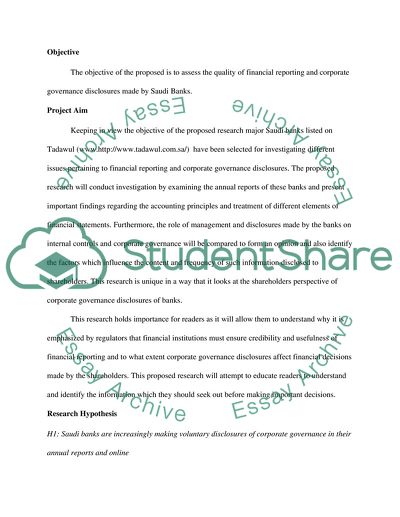Cite this document
(“Financial reporting and corporate governance disclosures of Saudi Essay”, n.d.)
Financial reporting and corporate governance disclosures of Saudi Essay. Retrieved from https://studentshare.org/finance-accounting/1560586-financial-reporting-and-corporate-governance-disclosures-of-saudi-banks
Financial reporting and corporate governance disclosures of Saudi Essay. Retrieved from https://studentshare.org/finance-accounting/1560586-financial-reporting-and-corporate-governance-disclosures-of-saudi-banks
(Financial Reporting and Corporate Governance Disclosures of Saudi Essay)
Financial Reporting and Corporate Governance Disclosures of Saudi Essay. https://studentshare.org/finance-accounting/1560586-financial-reporting-and-corporate-governance-disclosures-of-saudi-banks.
Financial Reporting and Corporate Governance Disclosures of Saudi Essay. https://studentshare.org/finance-accounting/1560586-financial-reporting-and-corporate-governance-disclosures-of-saudi-banks.
“Financial Reporting and Corporate Governance Disclosures of Saudi Essay”, n.d. https://studentshare.org/finance-accounting/1560586-financial-reporting-and-corporate-governance-disclosures-of-saudi-banks.


